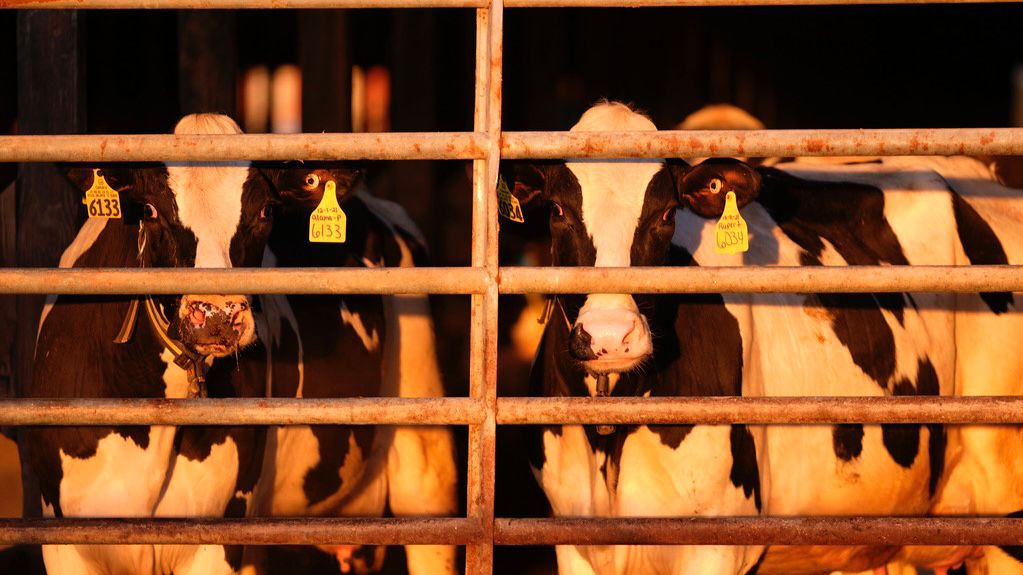The strain of bird flu virus detected in U.S. dairy cows this spring may be transmissible to mammals, the National Institutes of Health reported Monday. The agency found that highly pathogenic H5N1 avian influenza viruses in infected U.S. dairy cattle induced severe disease in mice and ferrets when administered intranasally but did not transmit easily between animals or people through sneezing or coughing.
Highly Pathogenic Avian Influenza, also known as bird or avian flu, can be transmitted by wild birds to domestic poultry and other bird and animal species, according to the Food and Drug Administration. It rarely infects humans, though sporadic infections in people have occurred.
The news about H5N1’s transmissibility comes about a week after the U.S. Centers for Disease Control and Prevention reported a fourth human case of bird flu in a dairy worker in Colorado. The infected individual had only experienced eye symptoms and recovered after receiving oseltamivir treatment. The Colorado bird flu infection followed previous cases reported in Texas and Michigan.
In March, the U.S. Department of Agriculture said it had found the H5N1 virus in livestock in several states, including Idaho, Kansas, Michigan, New Mexico and Texas. The virus caused fatal infections in some cats on farms and also infected poultry, according to the NIH.
Following the H5N1 virus outbreak, researchers with the University of Wisconsin-Madison, Texas A&M Veterinary Medical Diagnostic Lab and Japan’s Tokyo and Shizuoka Universities looked at whether H5N1 in cows caused disease in mice and ferrets. Ferrets are often used in influenza A virus studies because they are similar to humans in their immune responses and respiratory tract infections.
The ferrets in the study were intranasally infected with the bovine strain of H5N1 virus, after which they experienced body weight loss and elevated temperatures. Virus levels were especially high in the ferrets’ upper and lower respiratory tracts.
The researchers found that ferrets infected with H5N1 did not, however, efficiently transmit the virus through coughing or sneezing.
Since the H5N1 outbreak in dairy cows, the CDC has deemed the health risk for the general public to be low, though individuals who work in close proximity to infected birds and livestock are at greater infection risk.
The U.S. Department of Health and Human Services said last week it is giving $176 million to the pharmaceutical company Moderna to speed up development of a pandemic flu vaccine. The funds will be used to support development of an mRNA-based vaccine for H5 bird influenza.



